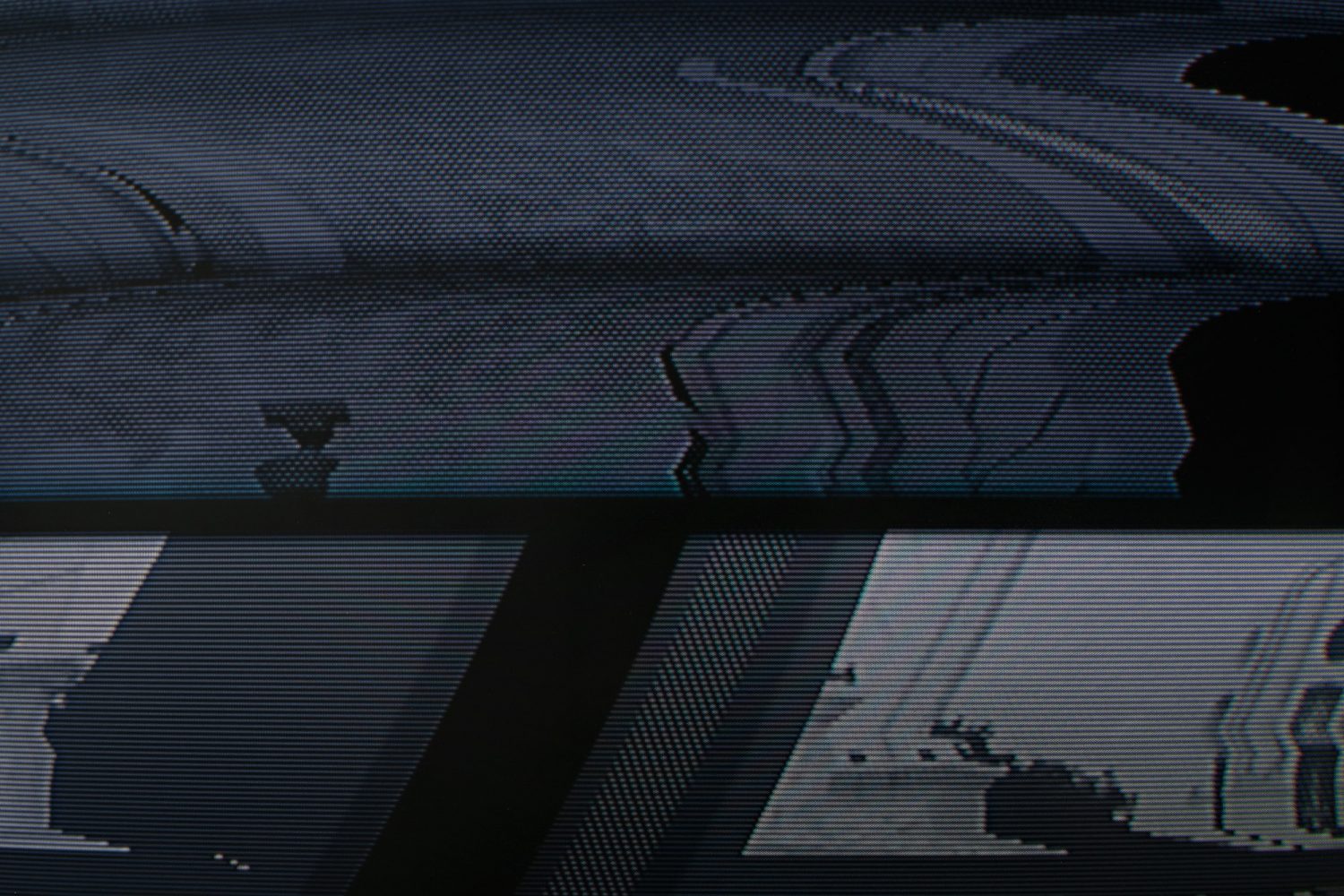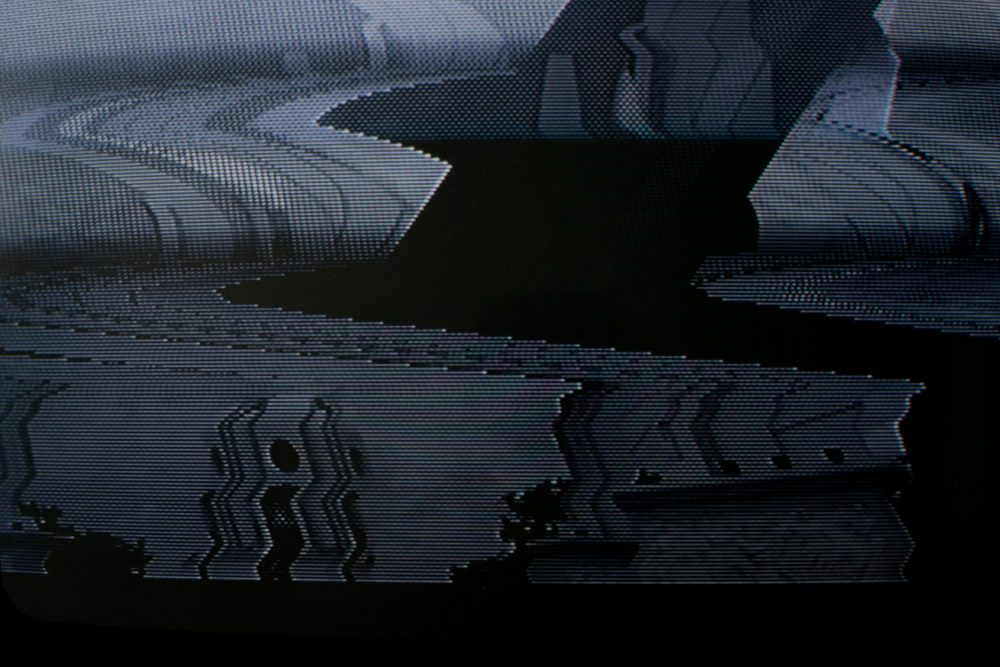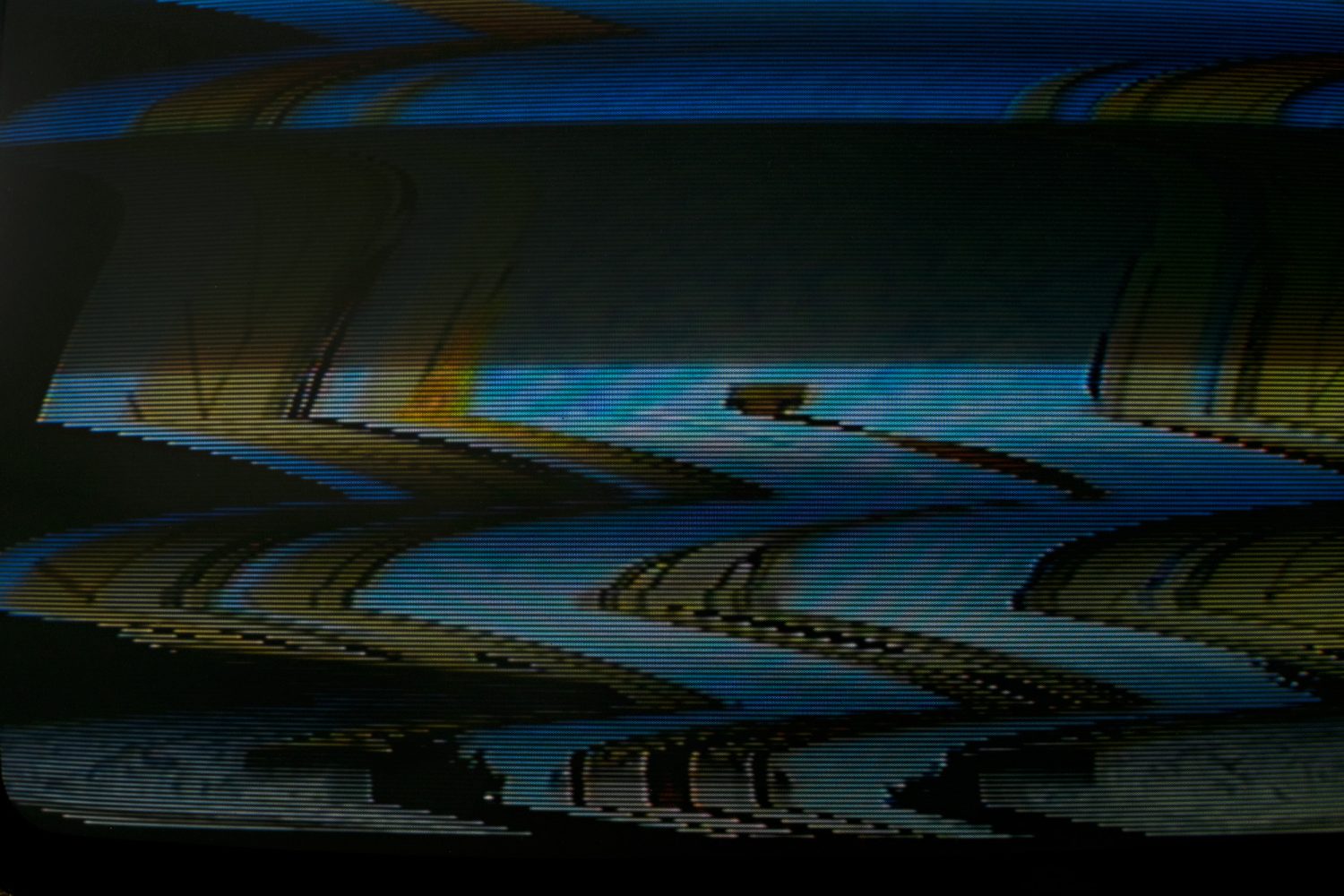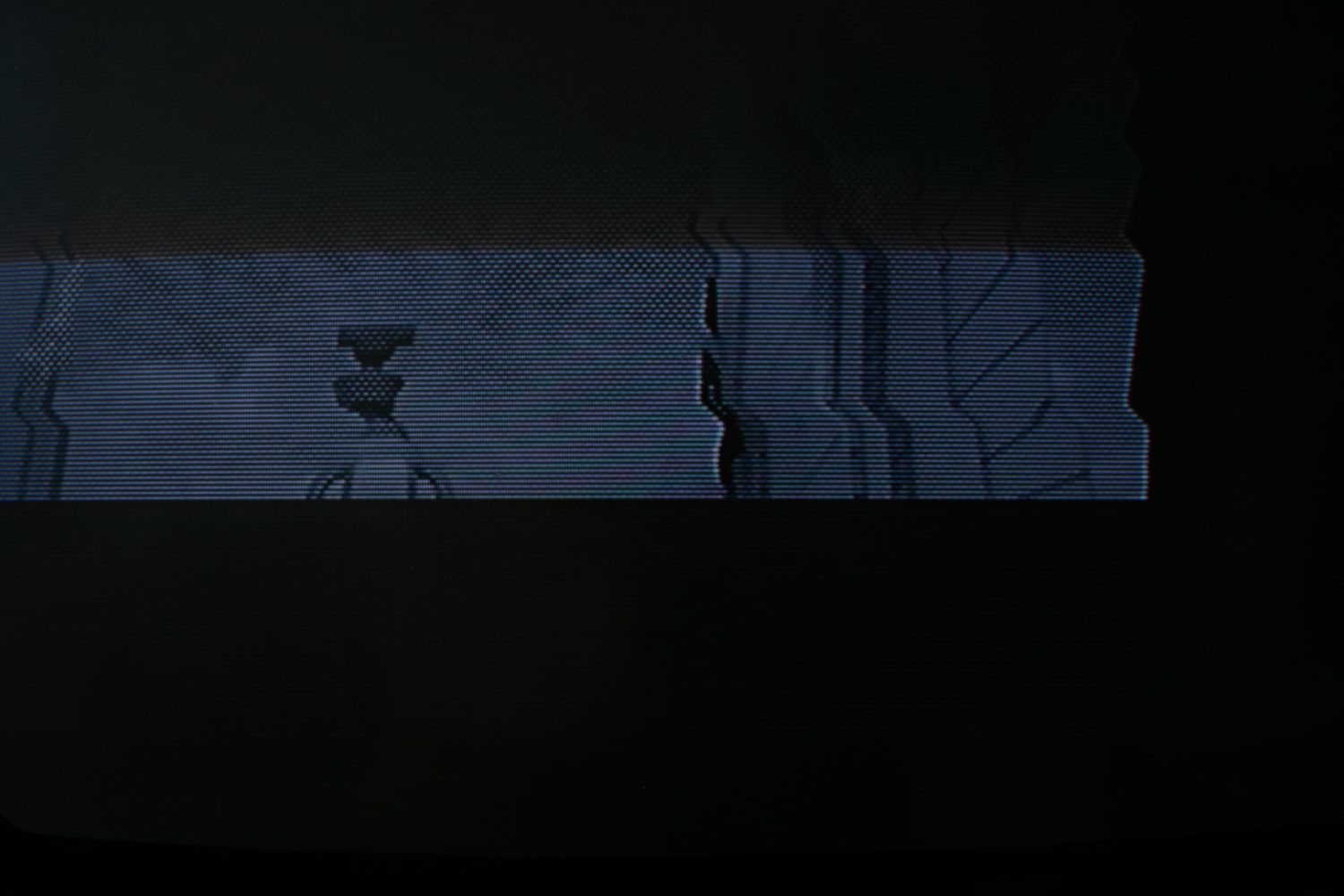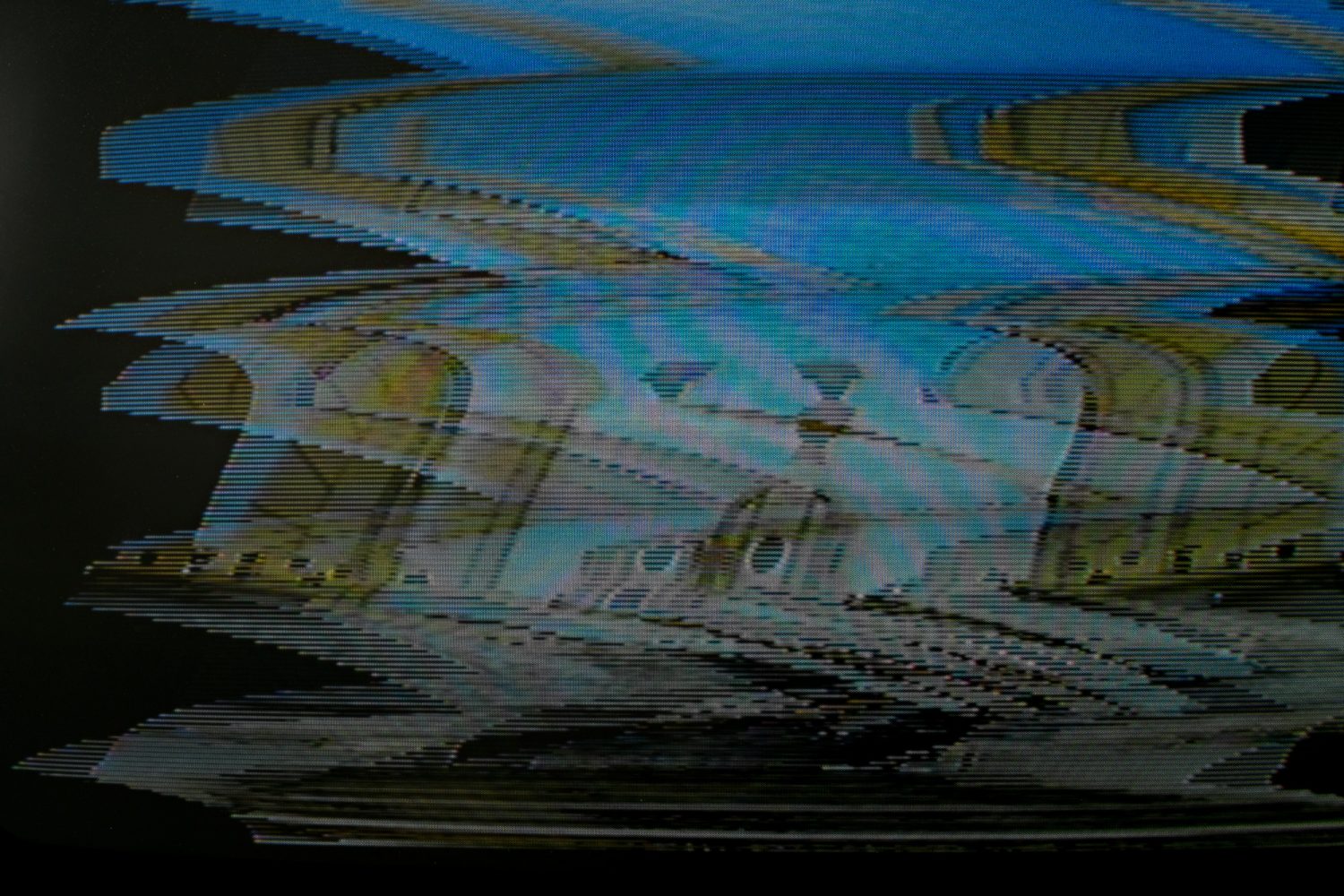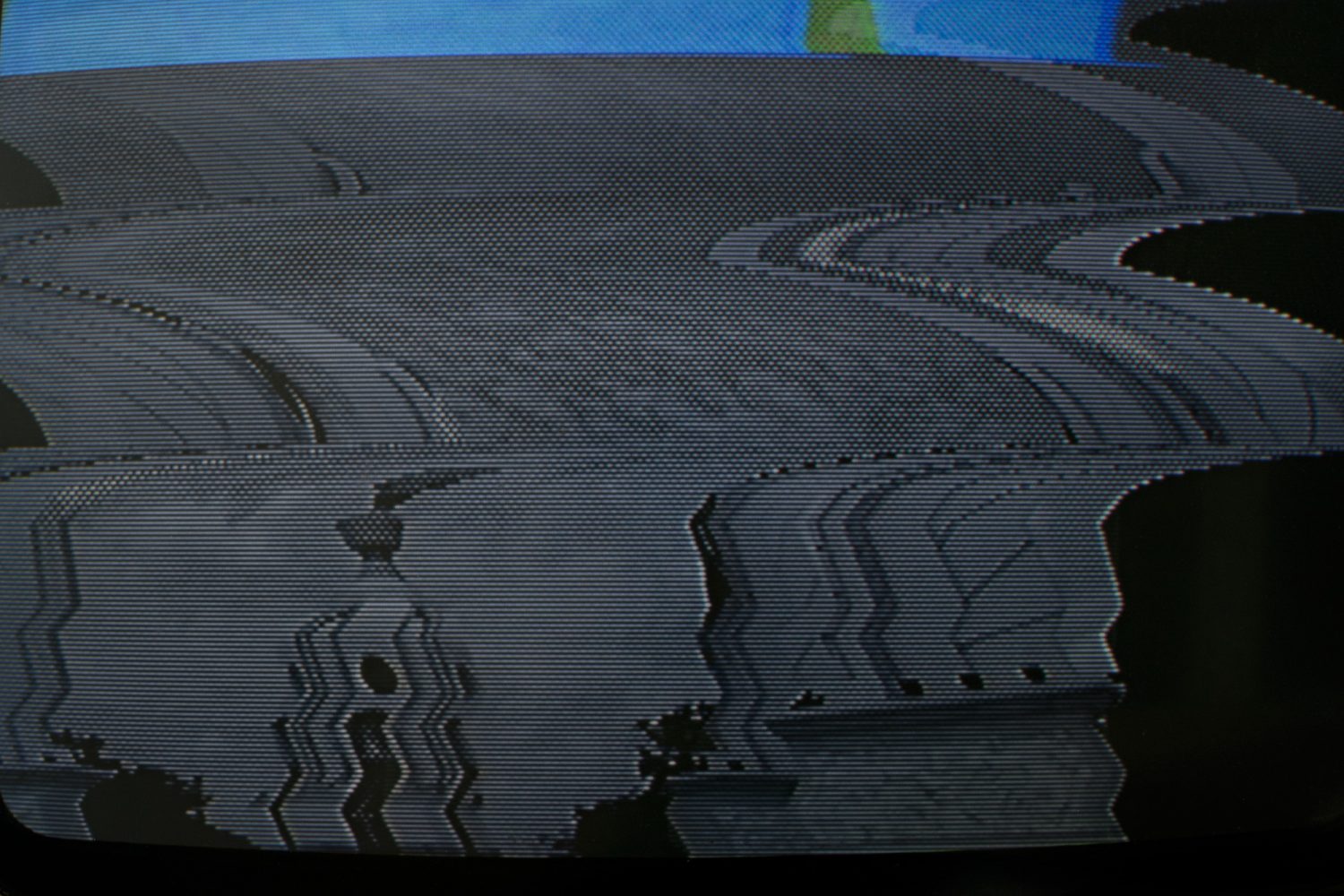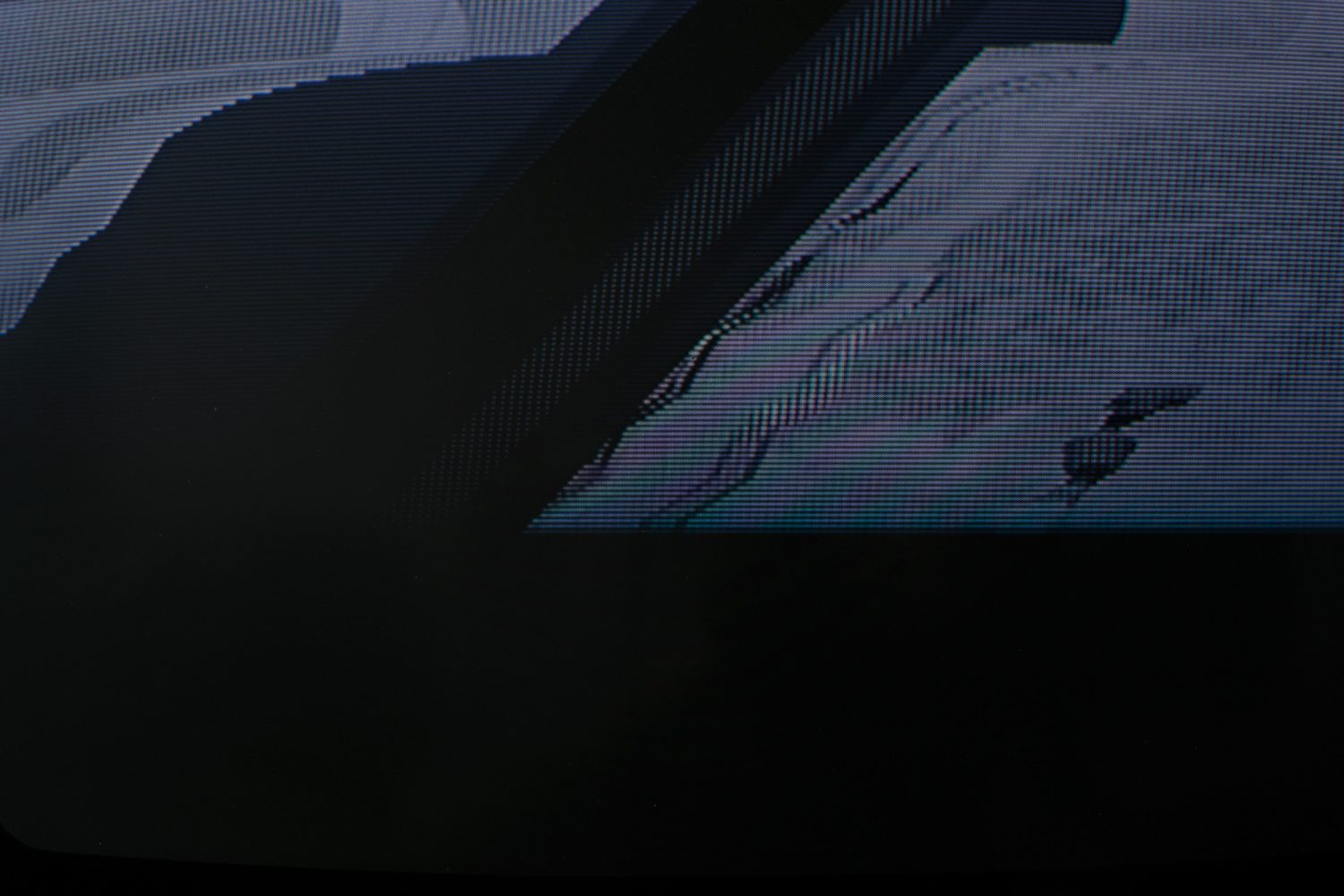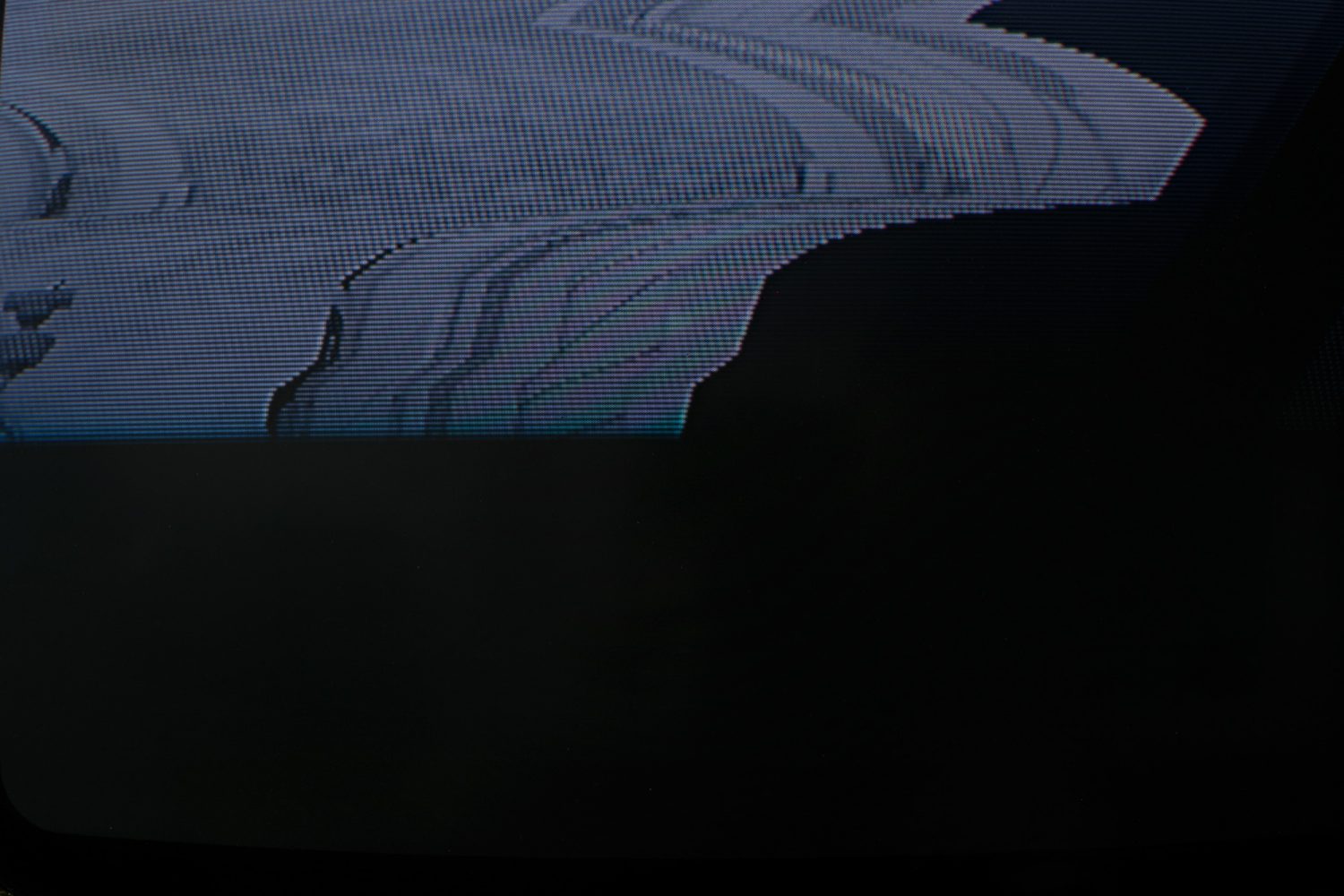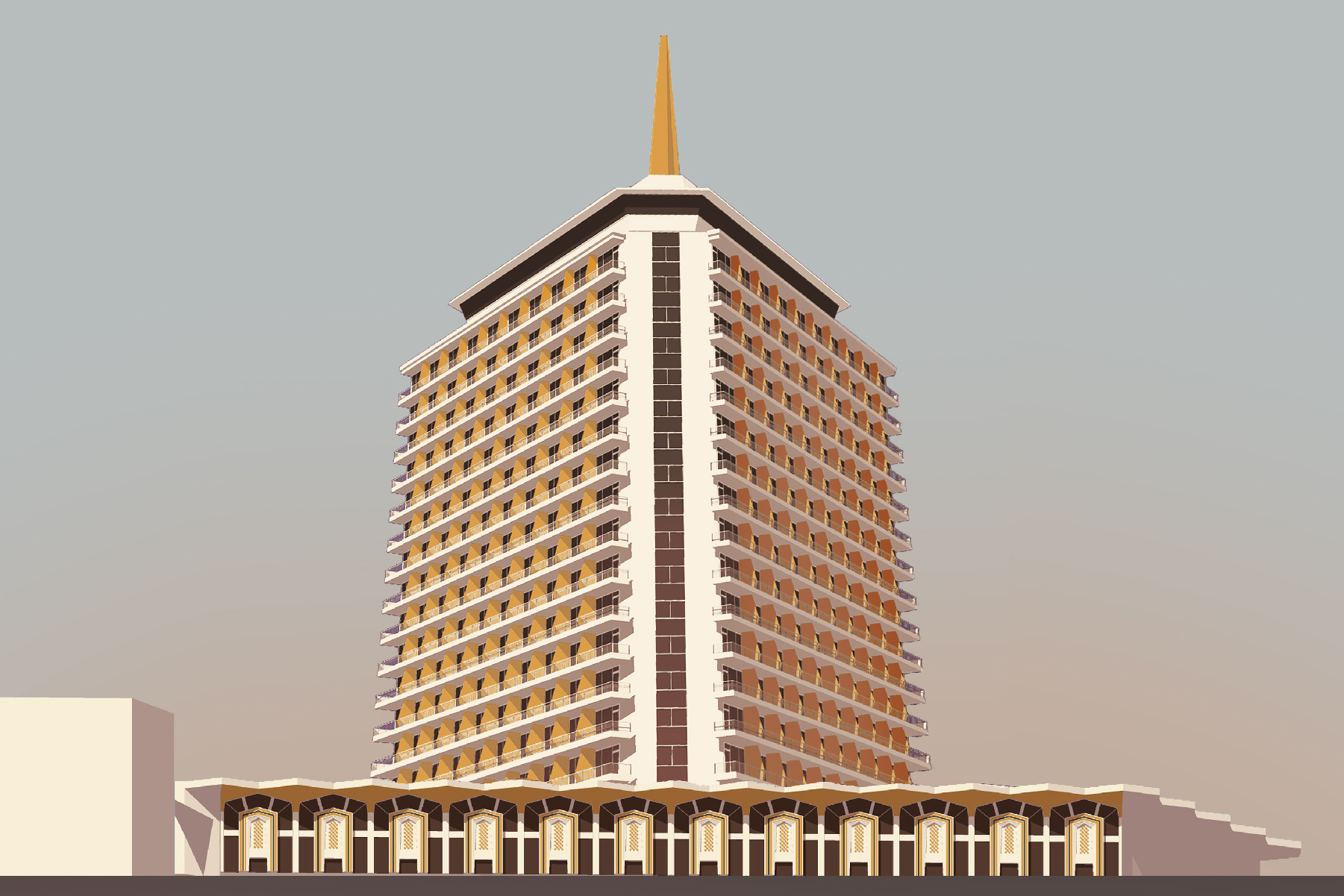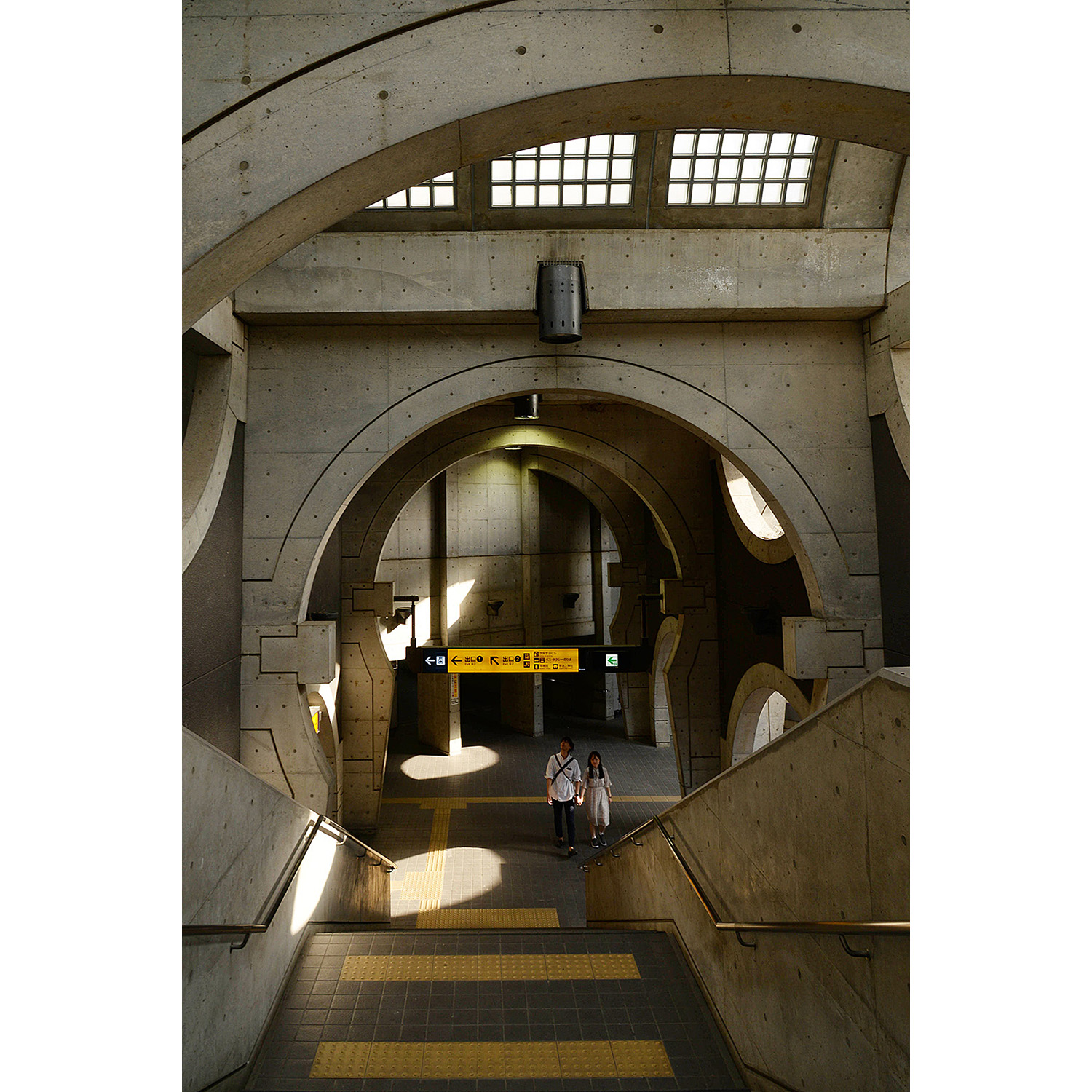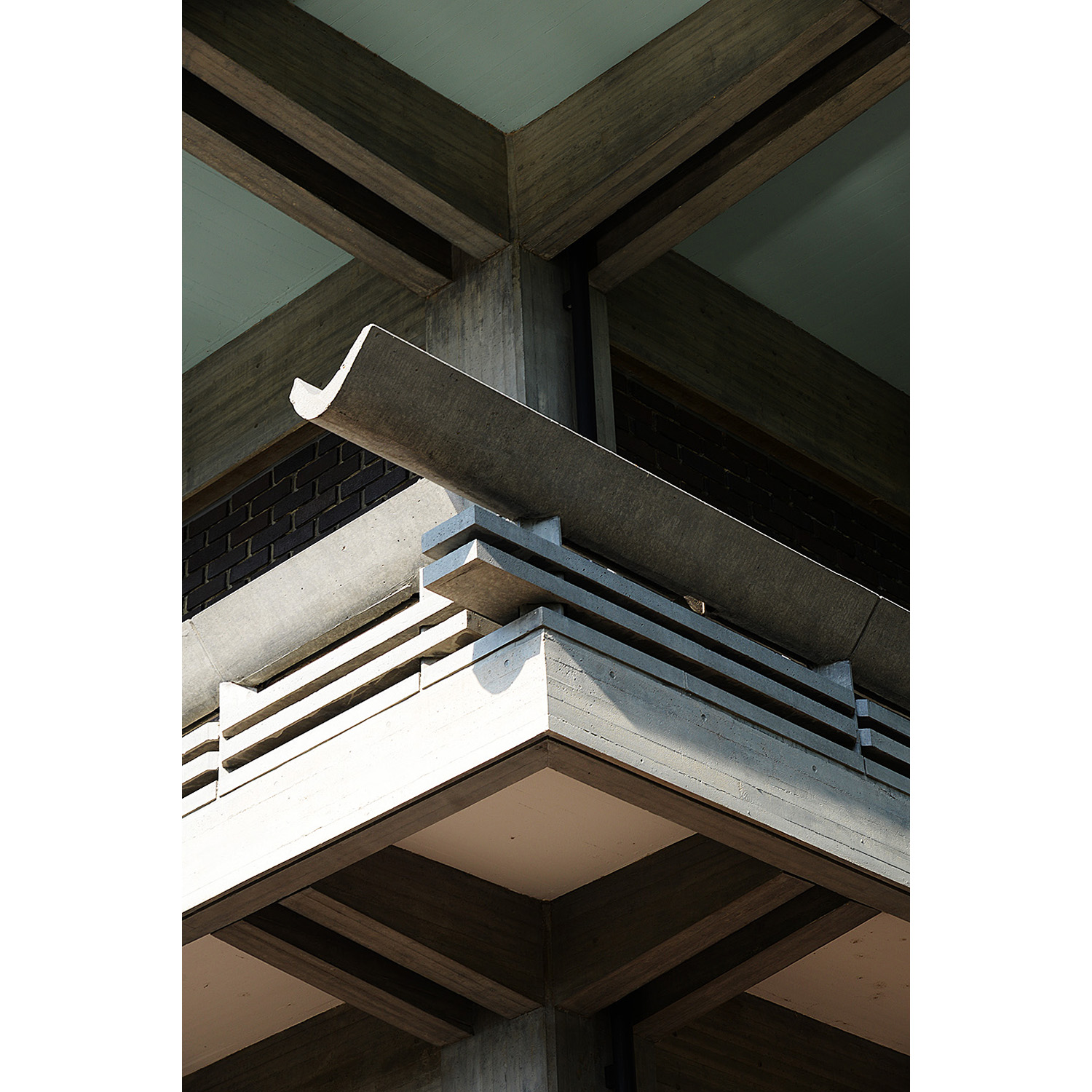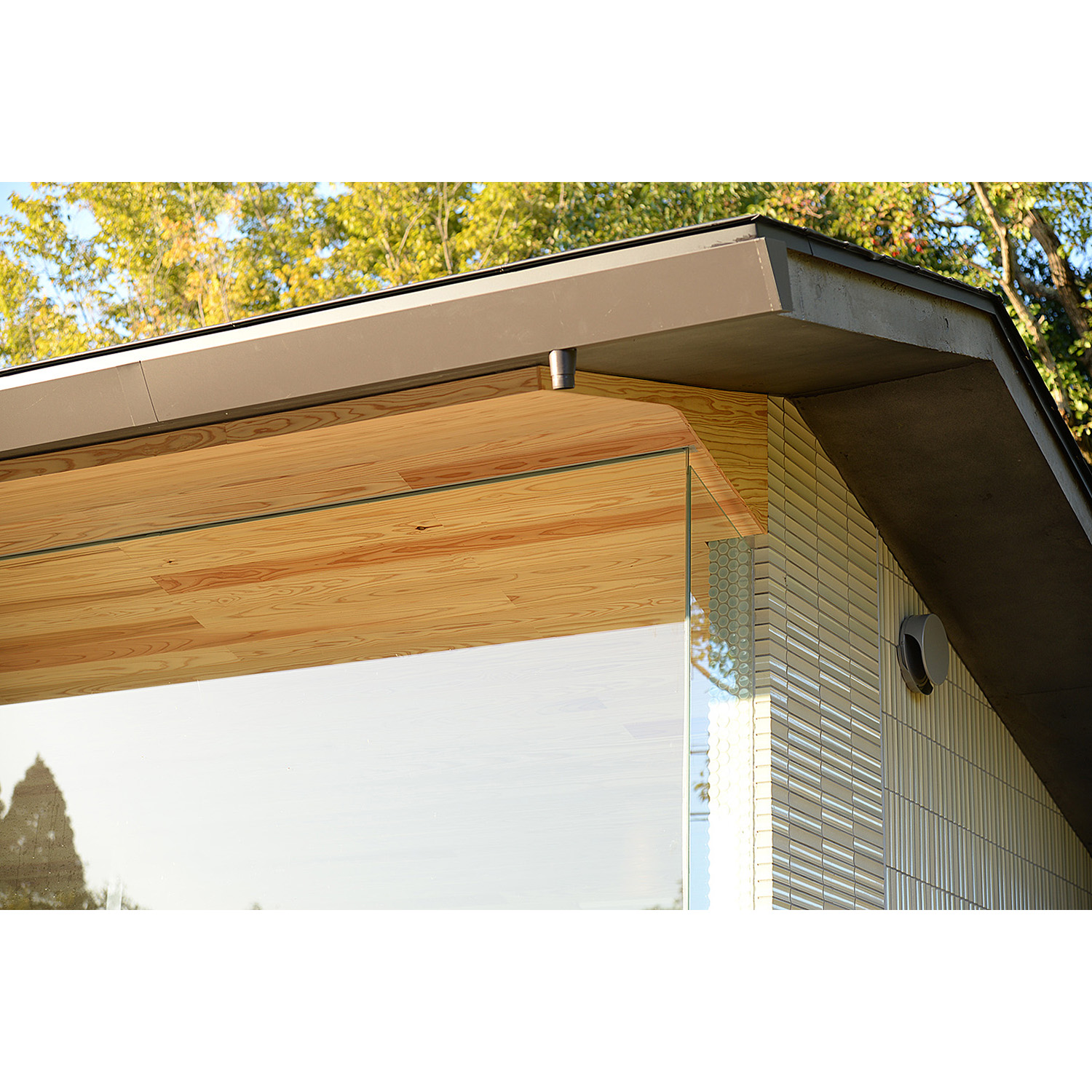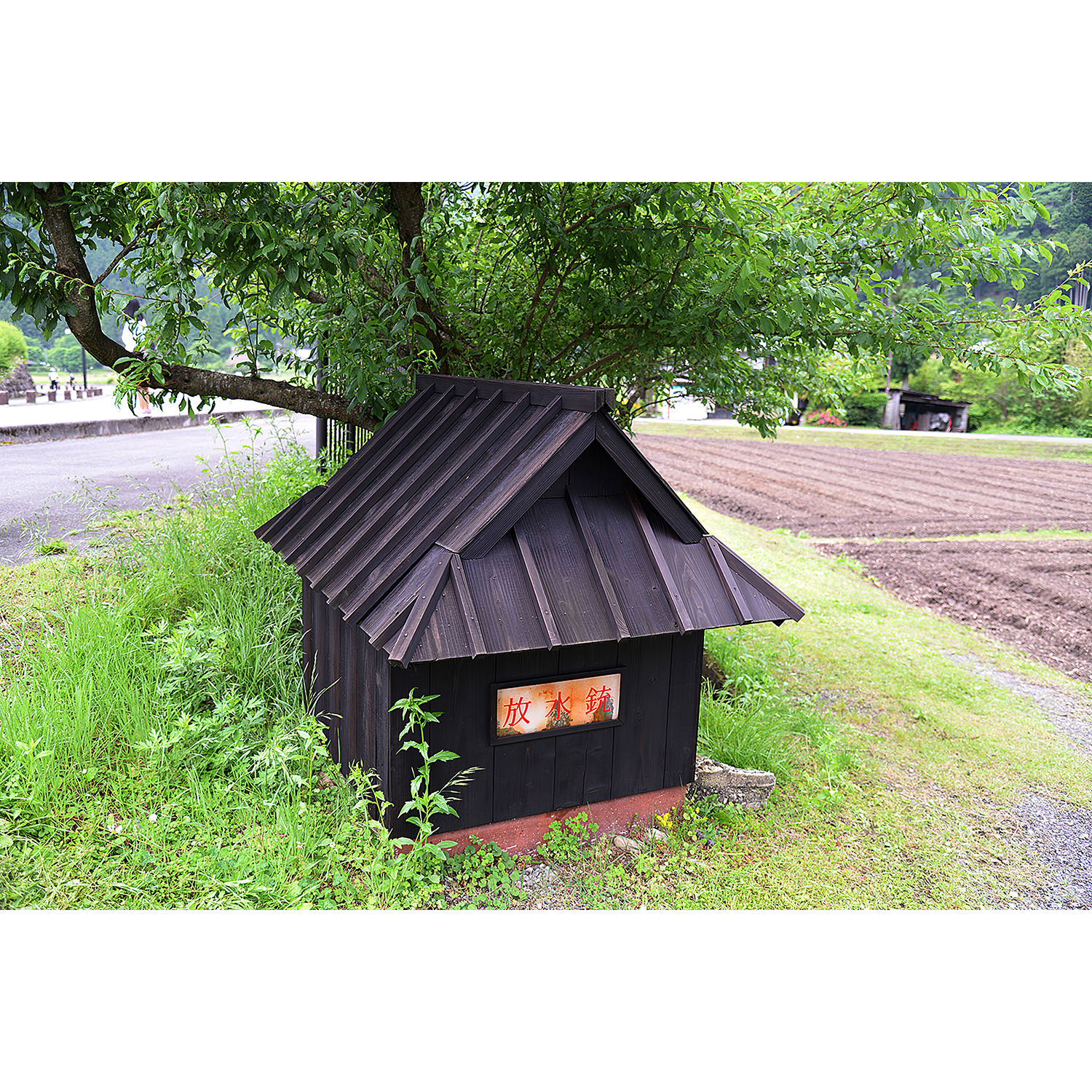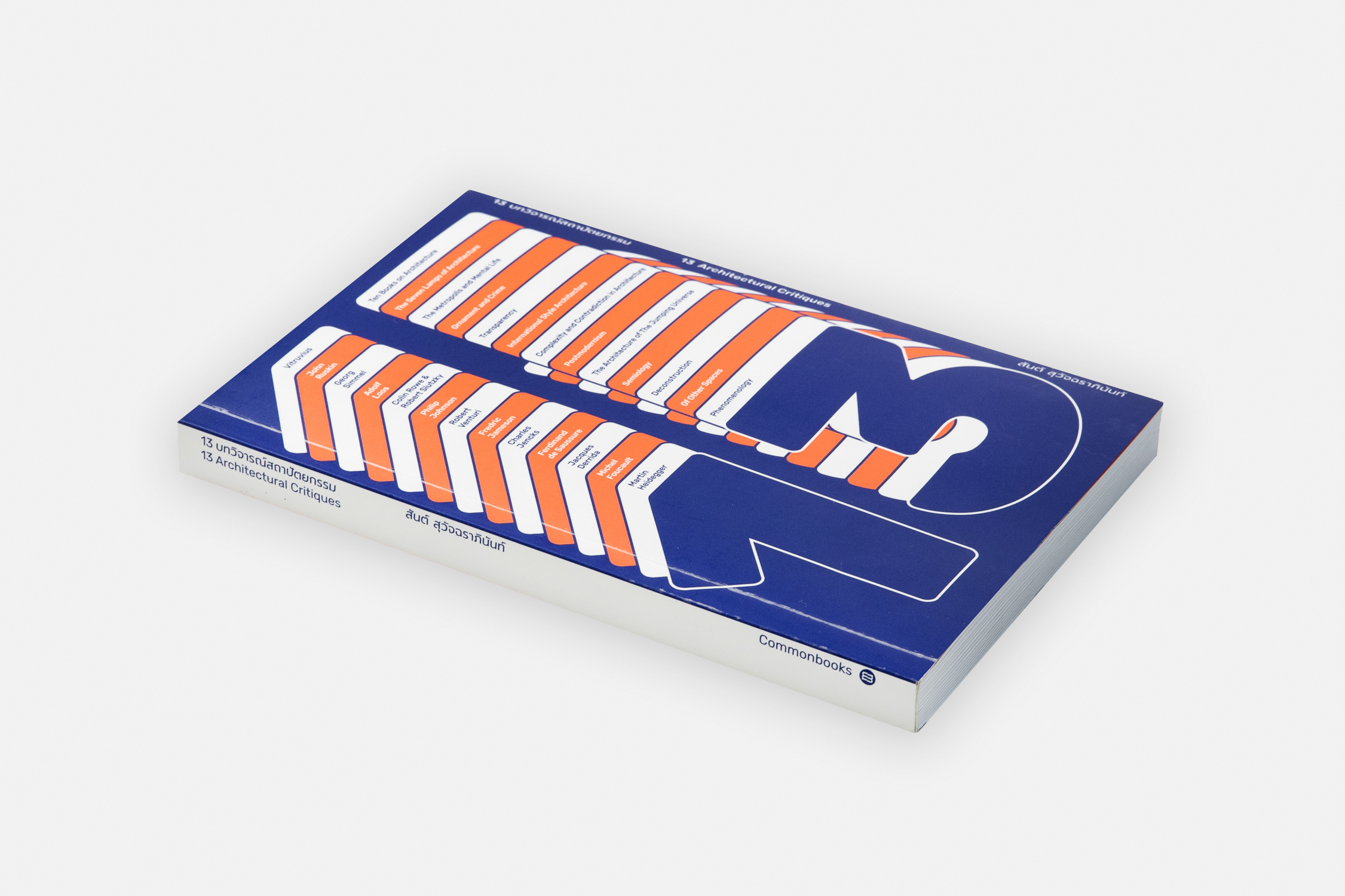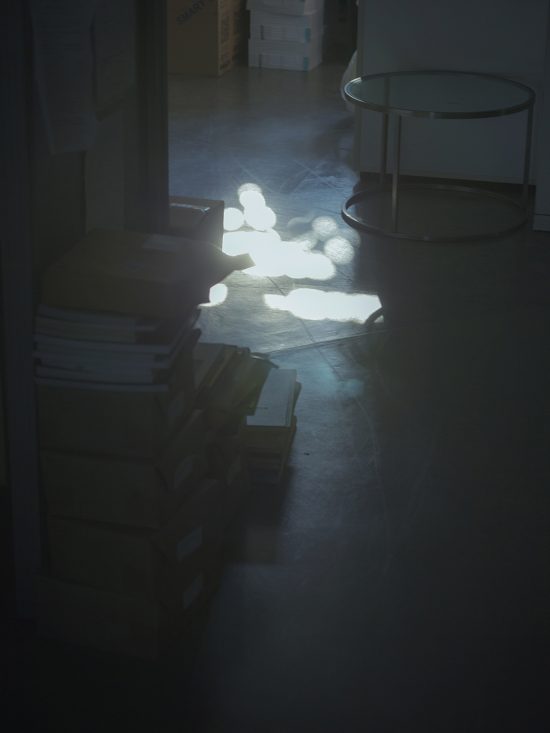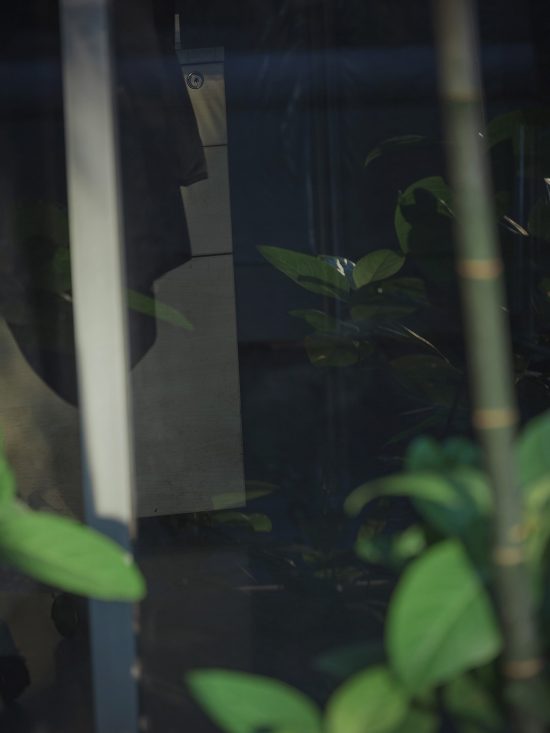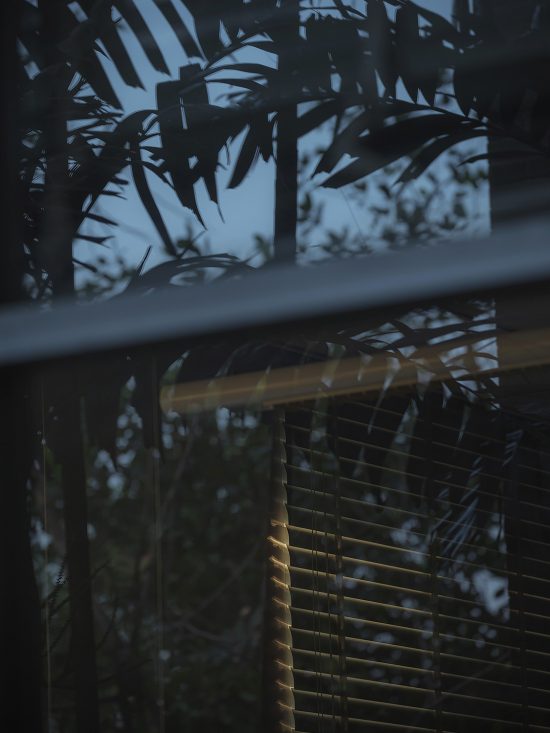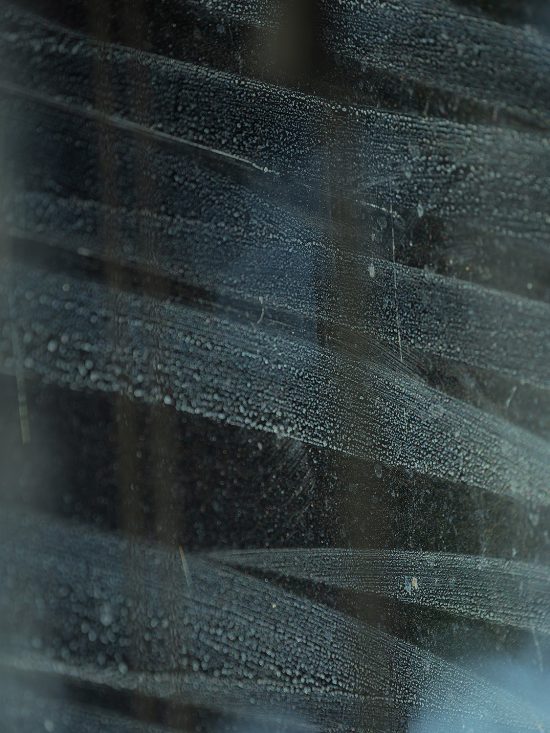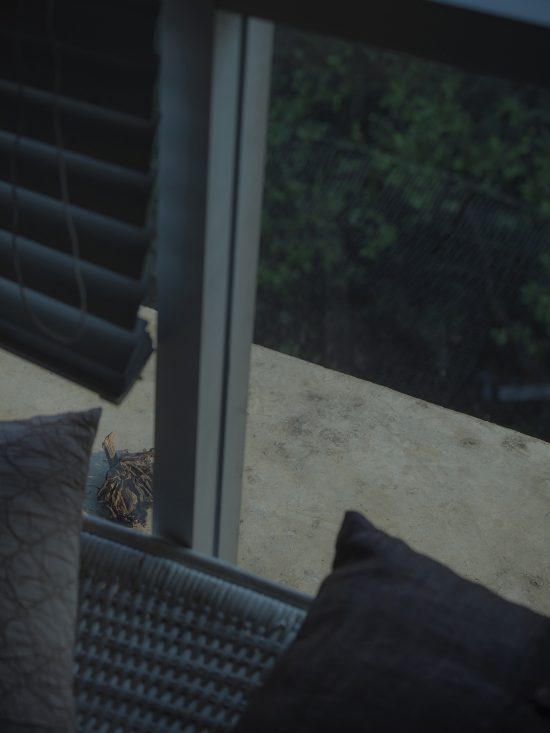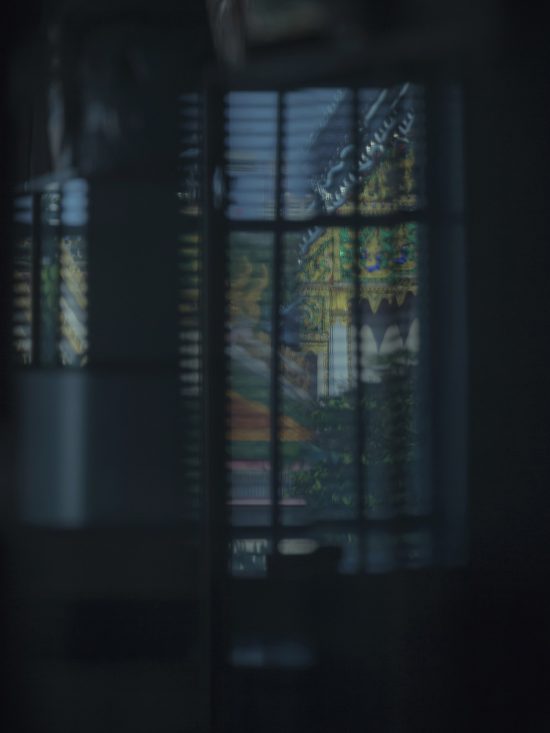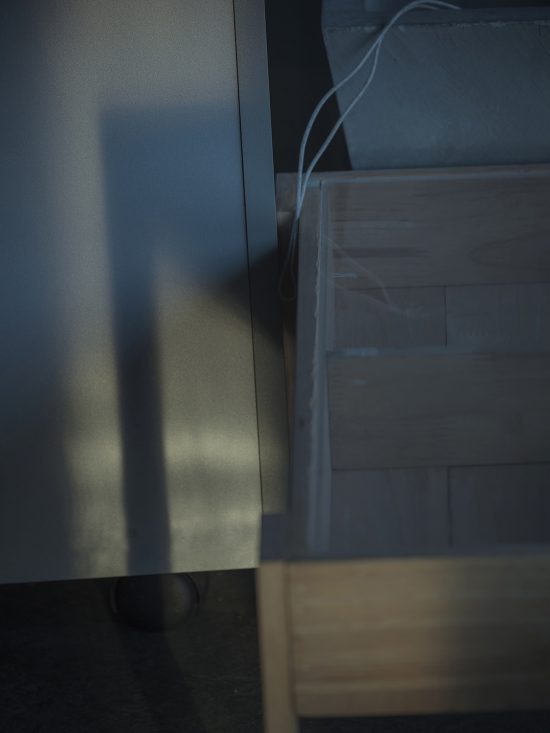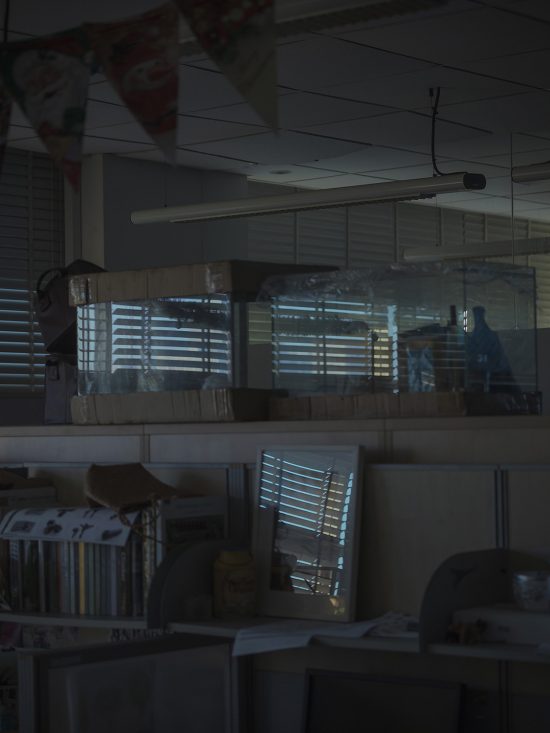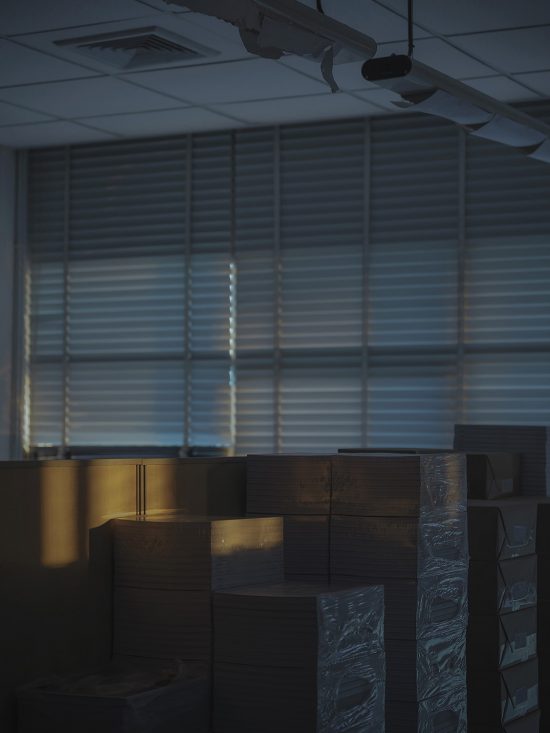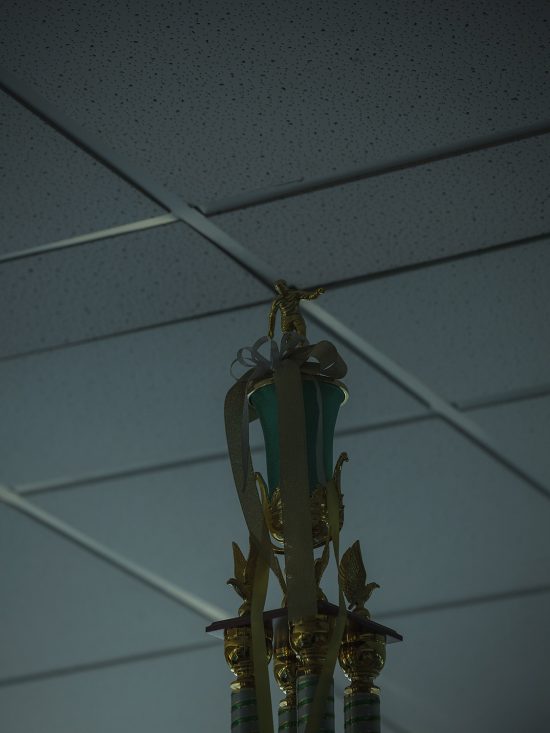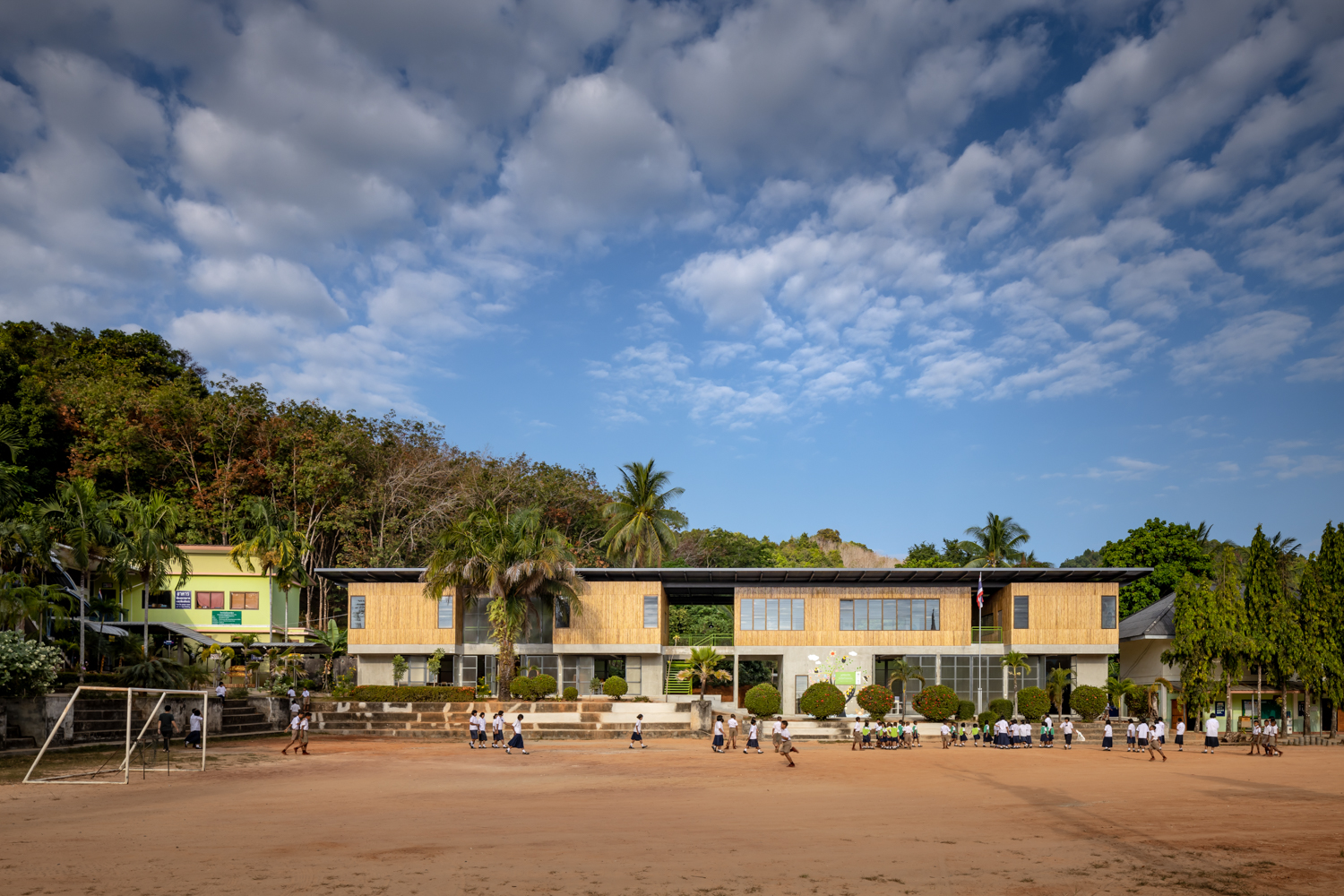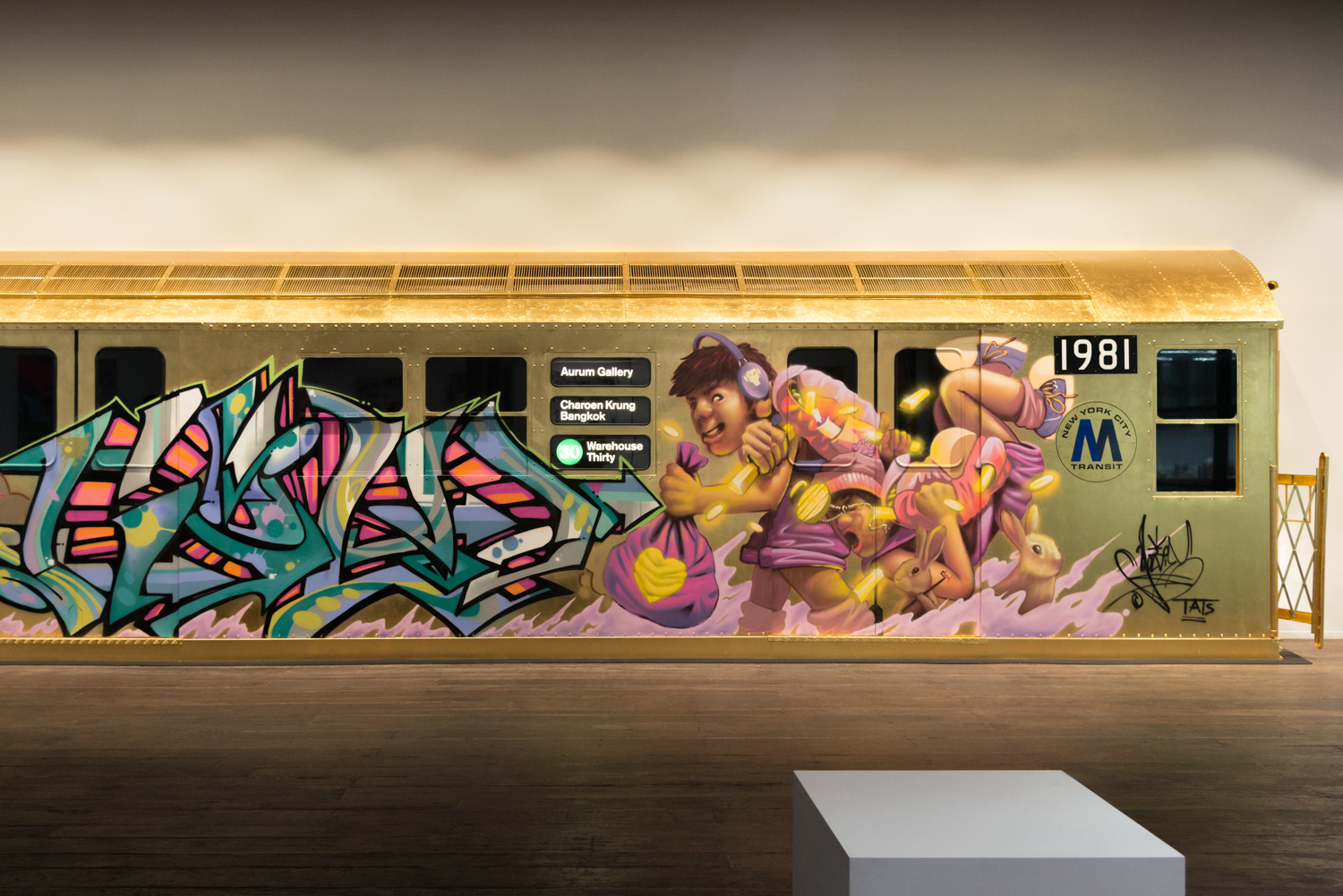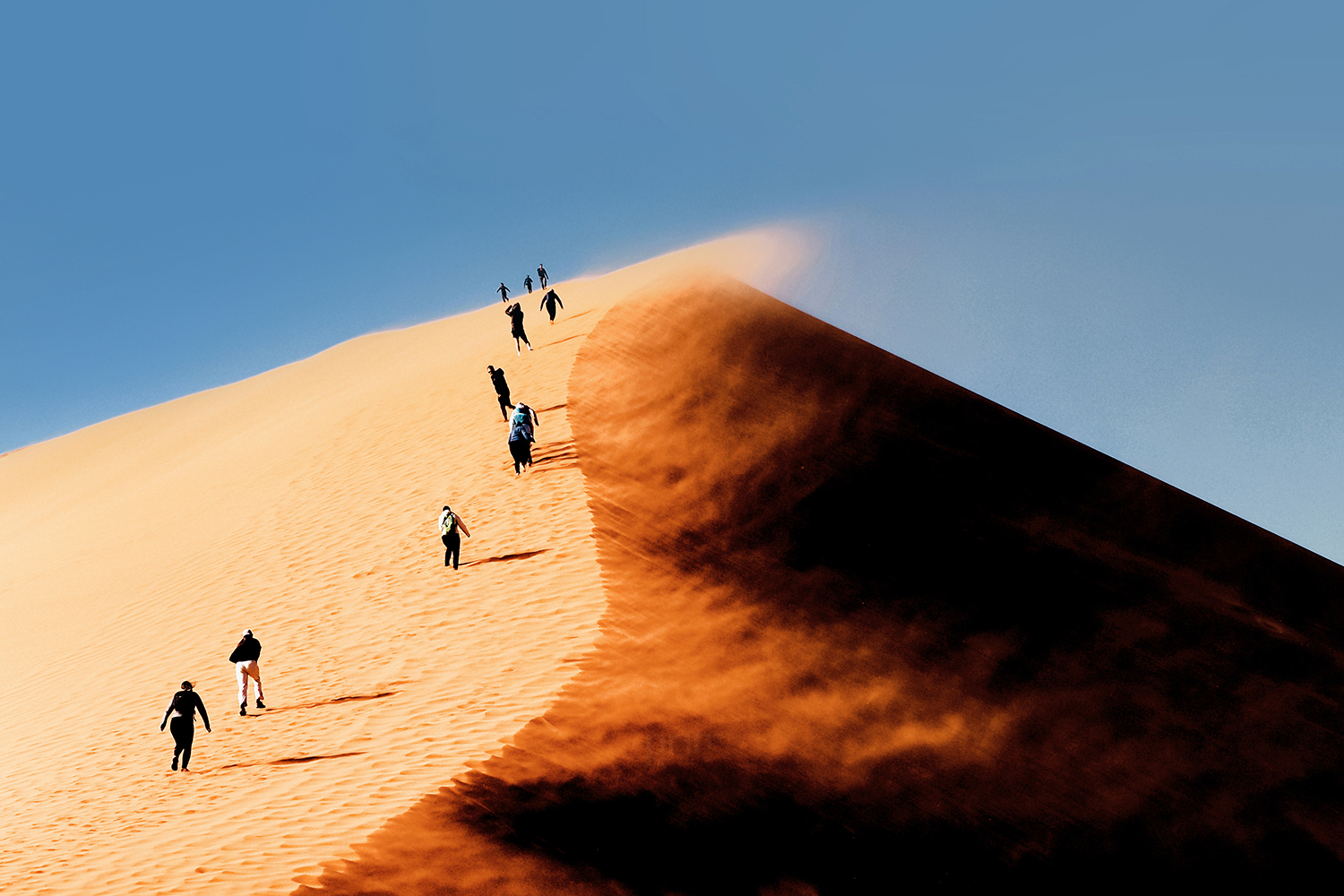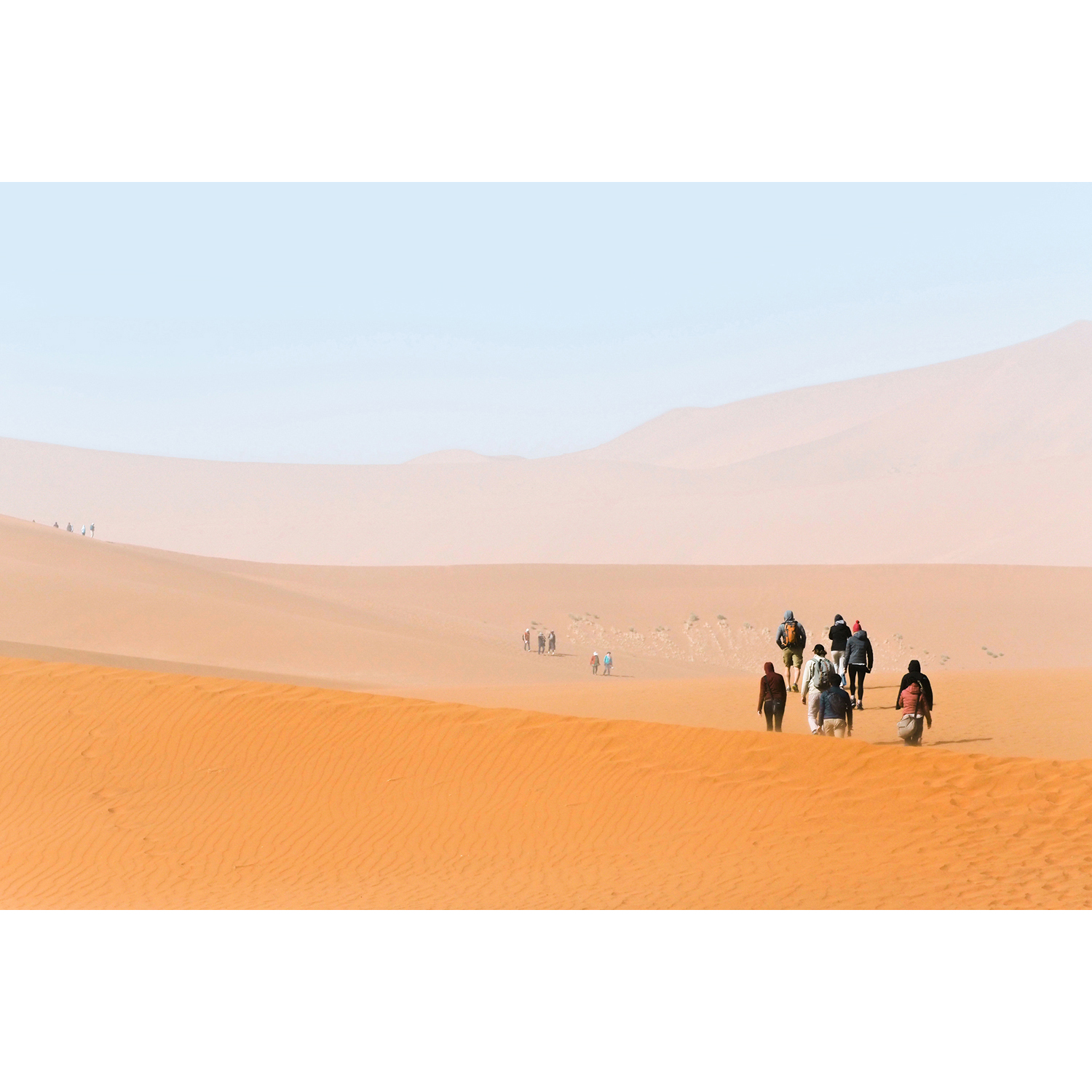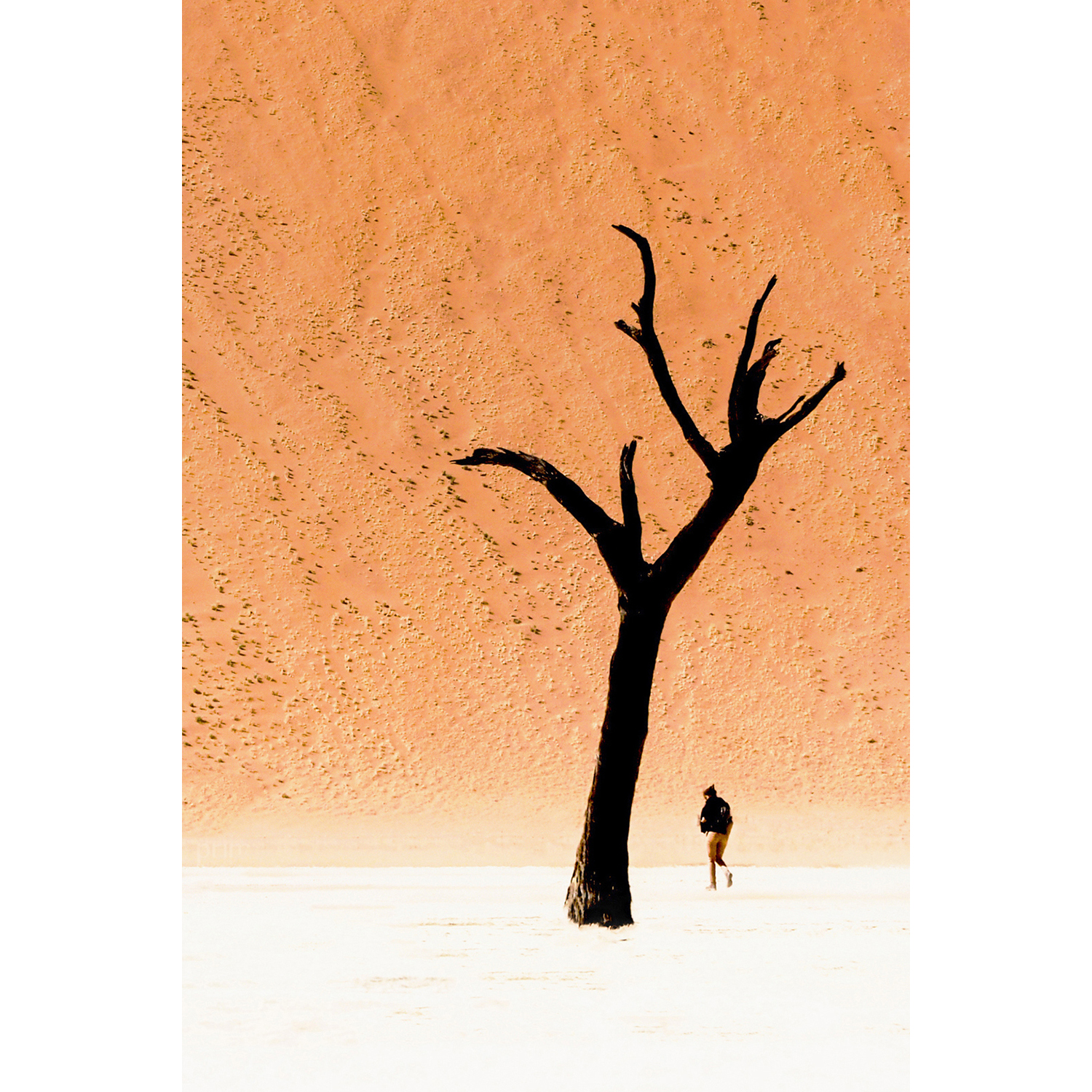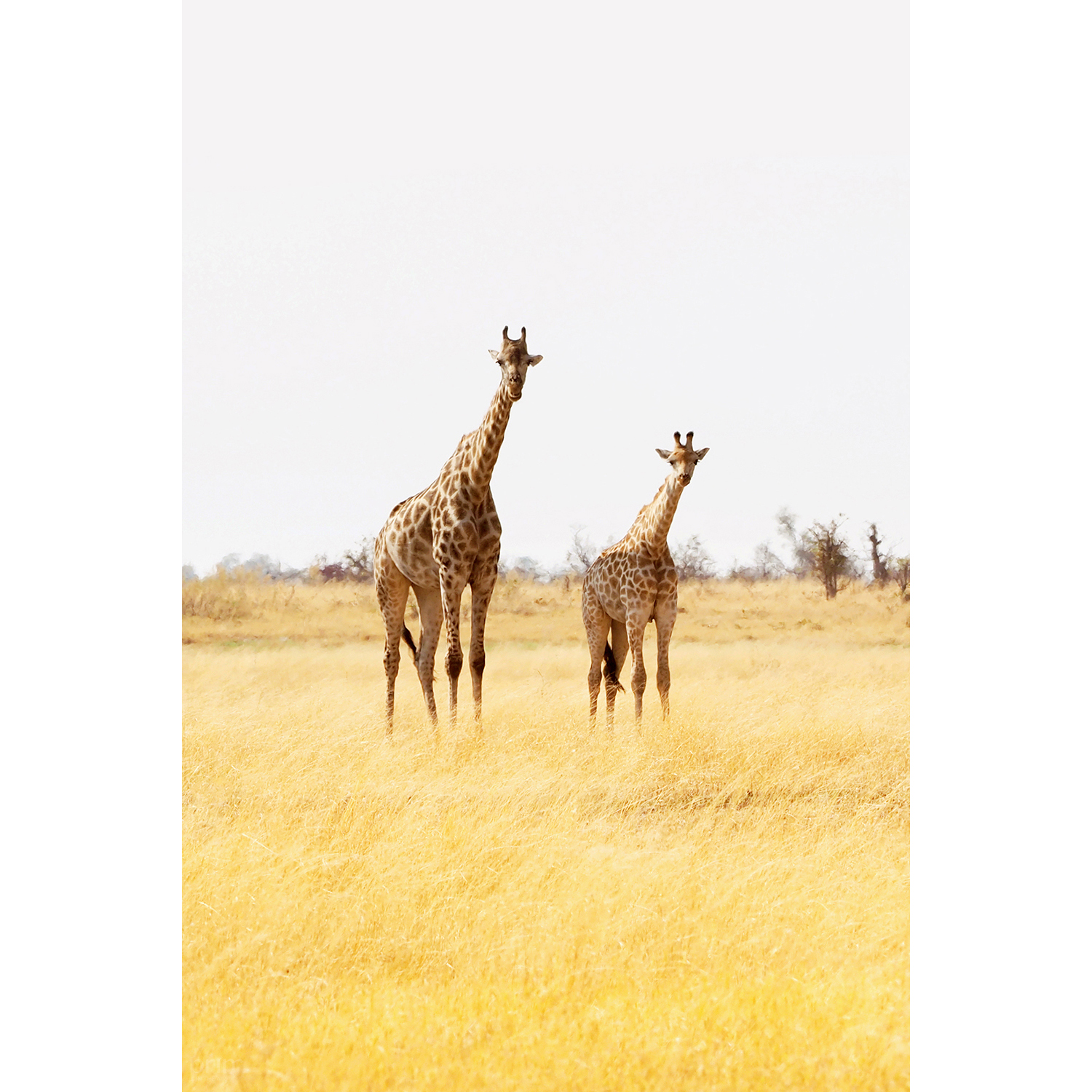TEXT & PHOTO: SOOPAKORN SRISAKUL
(For Thai, press here)
I think of that place during this irregular vacation.
There are only a few places that one can willingly work in, day and night. But working after hours at your office doesn’t mean that you’re emotionally attached to the place. And surely if no one had stayed overtime during the late hours, there wouldn’t this ghost story for us to reminisce. It was about 3-10 years ago when the publishing industry was going through its heyday, hence there was an office party celebrating an occasion I can no longer remember. The gathering took place at a venue where the Bangkok Noi canal and Mahasawat canal meet, the waterway that was one of the city’s commuting routes. I asked the younger colleagues ( I think they were Cake and Wan) to accompany me to buy more beers. We were carrying as many cans of alcohol as our skills and combined strength could muster for the folks who were still working on their deadlines on the third floor. And although today the feast is back on its regular schedule and we now carry an ice bucket for the Chang Beer left unattended in the fridge instead of the cans of Singha and Heineken we used to favor. Jom, the former secretary and my mother both still insist that I call Sara if I want to know about the ghost story because I wasn’t there to witness the one they told.
Certain legends become obscure disconnected memories, while the pictures taken a month ago still project the view and the awning windows with unpainted anodize frames that were always left open to welcome the wind and the sound of the boats running through the canal. It was in late March to April. The fruits, apples, sometimes raw mangoes, were left on the porch anonymously, all dried up. It reminds me of the sounds the squirrels made when they jumped through the leafy branches of the Raja palm trees. There were red squirrels with little white bellies and if this was during the day time, they would be making their ways through the Black Afara trees to the third floor windows.
In the middle of the sunny day, on a day off, I sometimes snuck out for a cigarette break, extending my arms out, past the window frame facing the orchard with what had to be two of Bangkok’s tallest Yang trees towering as the backdrop. Smoking on the third floor on a day off relies on a simple technique. I would bend my elbow so that it aligns with the angle of the opened awning window and raise my last cigarette out to check the direction of the wind. Both of my legs were very aware of the thorns from a bunch of cactuses grown fondly by the office folks that were kept by the window. The white aluminum blinds were rolled up horizontally with a pair of hanging ropes. One is used to adjust the angles of the blind and the other was used to pull the blinds up. With the cold wind from the air-conditioning system, the glass surface of the window was always left with droplets whose shape reminisces sand dunes at the beach.
On a seeming day off, I went back there again. The searingly hot afternoon sun bathed the stainless steel material of the front door that has never been shut once, in fifteen years. I heard the sounds of my own sandals as I walked past the security guard booth and a massive publishing house whose half of the space was now renovated into something I can’t recall. The sounds stopped in front of the security guard who now has an additional role of measuring people’s body temperature. He told me about his house in Jomthong or Ekachai district but I’ve never seen him leaving the building to go home, not even once. The digital thermometer displayed red color after it did its reading near my forehead, and the guard told me that the weather must be too hot, and for the fourth time, I put my face in front of the running electric fan. This afternoon should be a perfect chance to call Sara. I think I might need to text someone to ask for her number.
_____________
Soopakorn Srisakul Photographer of Baanlaesuan and Room Magazine who takes picture of, not just beautiful works of architecture, but everything around him (his girlfriend, for example).
behance.net/soopakornsrisakul



